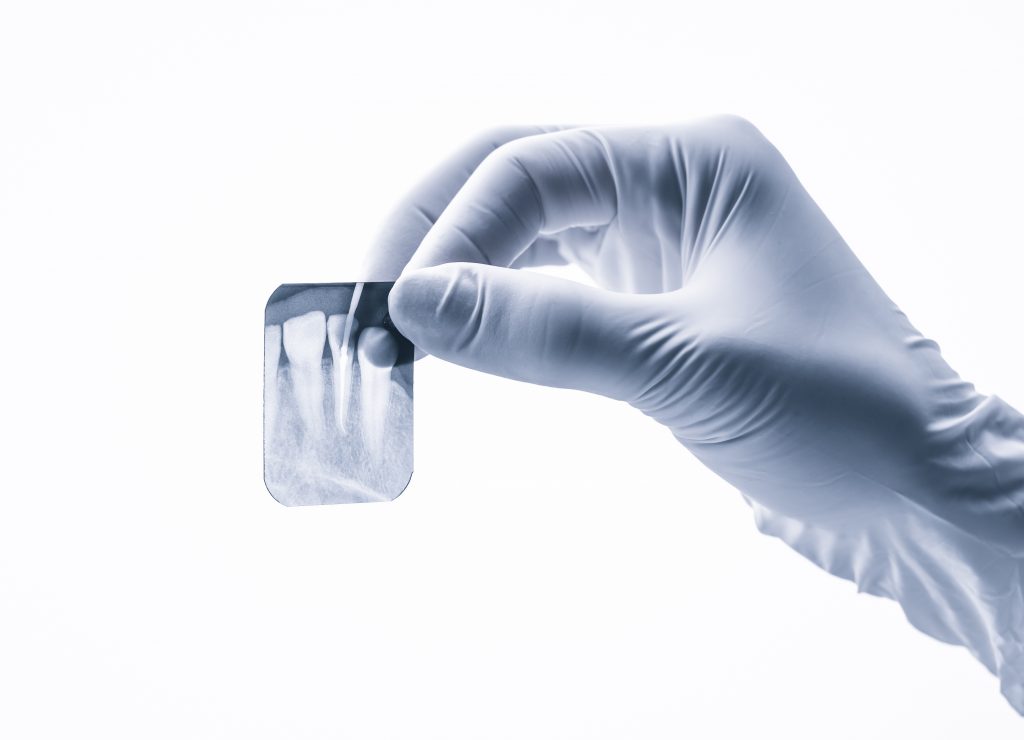Common Symptoms of Tooth Decay
Do you think you have a cavity? Being aware of common tooth decay symptoms can help you differentiate cavities from something like whitening-induced tooth sensitivity. While tooth decay symptoms differ for everyone, there is a common trend of warning signs that you should look for. If you’re exhibiting any of these red flags, tooth decay treatment should be one of your top priorities:
Sensitivity to Sweets
Are your teeth ever sensitive to sweet foods or drinks? Anything sweetened—whether it’s a diet soda or your coffee creamer—could trigger a “zing” in your tooth. Sweet sensitivity is one of the most common tooth decay symptoms and is rarely due to other conditions. If you feel sweet sensitivity coming from a certain area of your mouth, tooth decay treatment is typically a must.
Something Feeling “Off” About Your Bite
Our mouths are extremely sensitive. As such, they can pick up on even the slightest changes in the way our teeth bite together. If you have a cavity, you may never feel anything more than something simply feeling “off” about your bite. If you can’t put your finger on it but your tooth seems irregular, be sure to bring it to our attention.
Pain When Eating or Chewing
Sometimes cavities don’t hurt unless you’re biting down on food and physically applying pressure to the tooth. Pay attention when you eat. Are you sore in one particular area? Are you subconsciously chewing on the other side of your mouth? It could be that you have a toothache that’s caused by a newly developed cavity. Be sure to let us know about your symptoms during your dental exam.
Food or Floss Getting Caught Between Teeth
When a cavity forms between your teeth, it creates a significant hole with a jagged, rough edge in the enamel around it. These spaces are prone to getting food caught inside of them during meals; you might feel as if you need floss or a toothpick to clean them out every time you eat. But when you do floss, the strand will likely start to shred or even break as it rubs against your sharpened enamel. Although packed food or broken floss can also be attributed to aging restorations or gum disease, it’s a symptom of tooth decay as well.
Visible Tooth Discoloration
Cavities in teeth can cause your enamel to look dark or discolored. There may be a brown or black area that you can see on the chewing surface or side of your tooth. Unfortunately, by the time you can see a cavity or the shadow that it causes, the damage is typically fairly significant. Don’t wait for this symptom of tooth decay before you decide to see a dentist.
What Causes Tooth Decay?
Cavities are bacterial infections that are fed by acids, food particles, and bacteria. Typically, what causes tooth decay is a lack of effective brushing and flossing, combined with a diet that’s high in starches, processed carbs, and sweeteners (even the artificial kind.) The key is to limit your diet’s impact on your teeth through balanced nutrition as well as a dedicated brushing and flossing routine.
Tooth decay is one of those types of infections that doesn’t improve on its own. Waiting to address it simply allows the damage to get worse. It’s best to initiate tooth decay treatment as early as possible before the decay spreads into the nerve of the tooth or adjacent teeth. Doing so not only preserves your natural smile, but it also lessens the impact on your budget, too!
Tooth Decay Treatment in San Diego
Cassell Dentistry offers cosmetic, minimally-invasive tooth decay treatment to restore your smile. Our variety of cosmetic restorations both enhance your smile’s performance as well as the way it looks.
If you think you have a cavity, call our dentist in San Diego today to reserve an exam.

